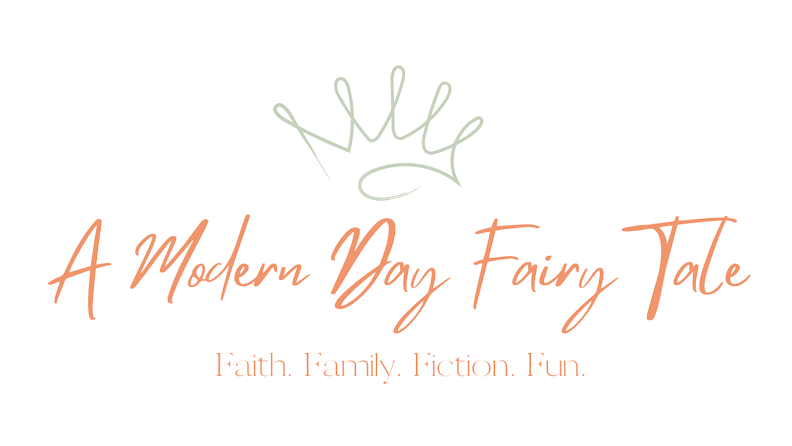Your pregnancy provides ample time to prepare for the new family arrival! Even the surrogate process can take 12 to 13 months. This timeline offers ample opportunity for intended parents to meticulously plan and execute a beautifully designed nursery, ensuring everything is just perfect by the time their baby arrives! If you're expecting a baby, here are some tips to create an eco-friendly atmosphere.
Furniture
The furniture in a nursery serves both functional and aesthetic purposes. A crib is the centerpiece, providing a safe sleeping space while setting the room's style. Consider cribs that convert into toddler beds for longevity and cost-effectiveness.
Complementing the crib, a changing table should be sturdy and comfortable for both the baby and the caregiver. Look for models with ample storage to keep diapers, wipes, and other necessities within easy reach. This addition ensures that the nursery remains organized, functional, and visually appealing.
A comfortable chair, such as a rocking chair or glider, is also essential for feeding and soothing your baby. This seat will become a significant spot for bonding moments, so prioritize comfort and support. Choosing furniture that grows with your child can make the home more adaptable and cost-efficient.
Paint and Wall Coverings
The choice of paint and wall coverings is a defining aspect of your nursery’s ambiance. Soft pastel colors like light blues, gentle yellows, and muted greens can create a calming atmosphere conducive to sleep and peace. Avoid overly bright or stimulating colors, as they can disrupt a baby’s sleep patterns.
Wall coverings, such as wallpaper or decals, add an excellent touch of personality and charm. You can opt for playful designs like animals, stars, or whimsical patterns to turn the room into a magical space. Ensure any products used are free of VOCs (volatile organic compounds) to maintain a safe and healthy home environment.
Accent walls can also be a great way to introduce a pop of color without overwhelming the room. Consider using non-toxic paint or natural wallpapers that are safer and more environmentally friendly. This allows you to create a beautiful space while keeping your baby’s health at the forefront.
Flooring Options
Choosing the right flooring is crucial for creating a safe and comfortable nursery. Carpeting provides softness and warmth, making it a popular choice. However, it can also harbor dust and allergens, so opt for hypoallergenic options if you choose this route.
Hardwood floors are another viable option, offering durability and ease of cleaning. Area rugs can add comfort and style, providing a soft play area while ensuring easy maintenance. Make sure any rugs have non-slip backings to prevent accidents.
Vinyl flooring is a budget-friendly and versatile option that can mimic the look of wood or tile. It is also easy to clean and maintain, making it a practical choice for busy parents. Regardless of the flooring chosen, prioritize materials that are free from harmful chemicals to ensure your home is a safe haven.
Plants
Incorporating plants into your nursery can be beneficial for both aesthetic and health reasons. Plants improve air quality by absorbing toxins and releasing oxygen, making the room a healthier space for your baby. Select low-maintenance options that thrive indoors and require minimal care.
The trend of birth flowers is a breakthrough trend for 2023, with search interest up 23%. Integrating a birth flower related to the month your baby is born can personalize the nursery and add a meaningful touch. Ensure any plants chosen are non-toxic to protect your child from accidental ingestion.
Hanging plants or placing them on high shelves can keep them out of reach of little hands while still allowing them to contribute to the room's atmosphere. Ferns, spider plants, and peace lilies are excellent choices that are both safe and attractive.
Lighting
Lighting plays a significant role in setting the mood and functionality of a nursery. Soft, ambient lighting can create a soothing environment ideal for sleep and relaxation. Consider installing dimmer switches to adjust lighting levels based on the activity and time of day.
A combination of ceiling lights, table lamps, and nightlights offers versatility. A nightlight is particularly useful for late-night feedings and diaper changes, providing enough illumination without being too harsh. Ensure that all lighting fixtures are securely installed and out of reach to keep the home safe for your child.
Natural light is equally important to consider. Use blackout curtains or shades to control the amount of sunlight entering the room, ensuring a dark environment conducive to naps and nighttime sleep. Balancing natural and artificial lighting can make the nursery a more adaptable and welcoming part of your home.
Remember that LED light bulbs use about one-sixth of the electricity that conventional bulbs do and last about 40 times longer. Incorporating LED lights into your nursery ensures it is both energy-efficient and environmentally friendly. This makes your home more sustainable while reducing utility costs.
Creating the ideal nursery involves a blend of thoughtful choices and personal touches. Each element, from furniture to lighting, plays a role in crafting a space where your baby can thrive. Balancing aesthetics, functionality, and safety ensures that your home becomes a nurturing environment for your little one!



0 Comments:
Post a Comment
"Pleasant words are as a honeycomb: sweet to the soul and health to the bones." Proverbs 16:24